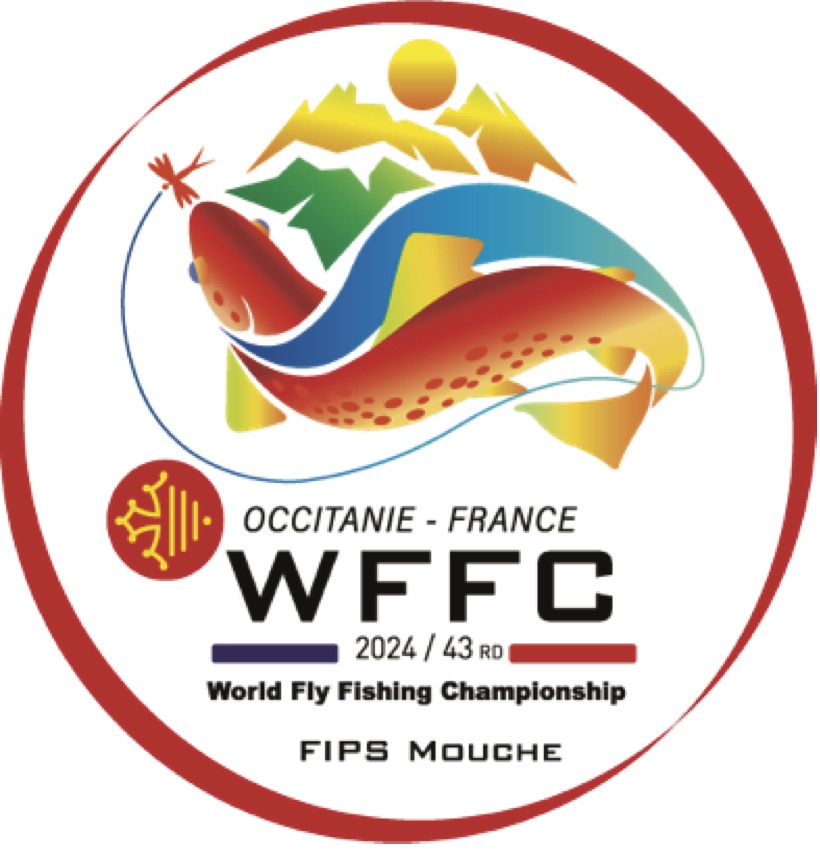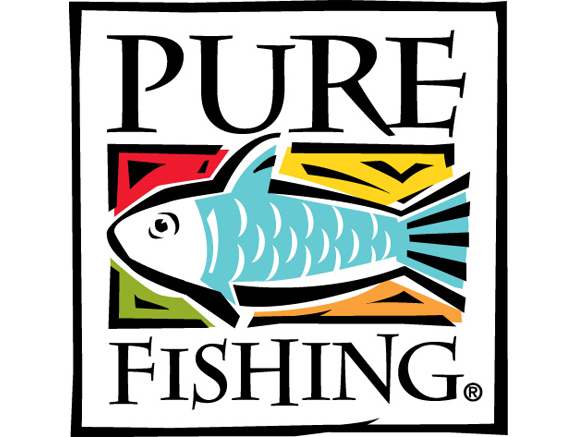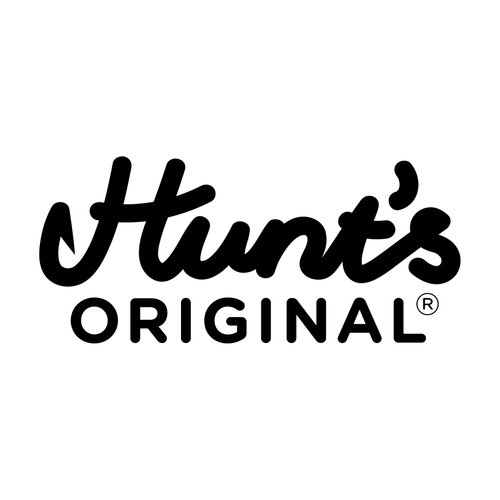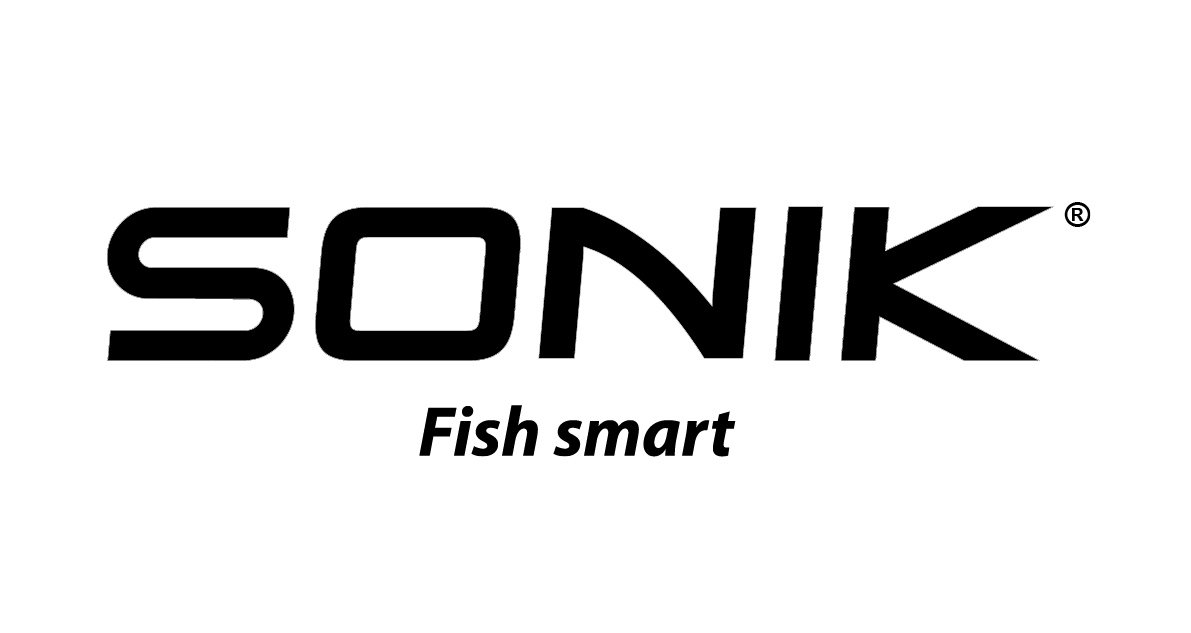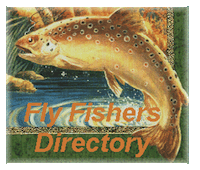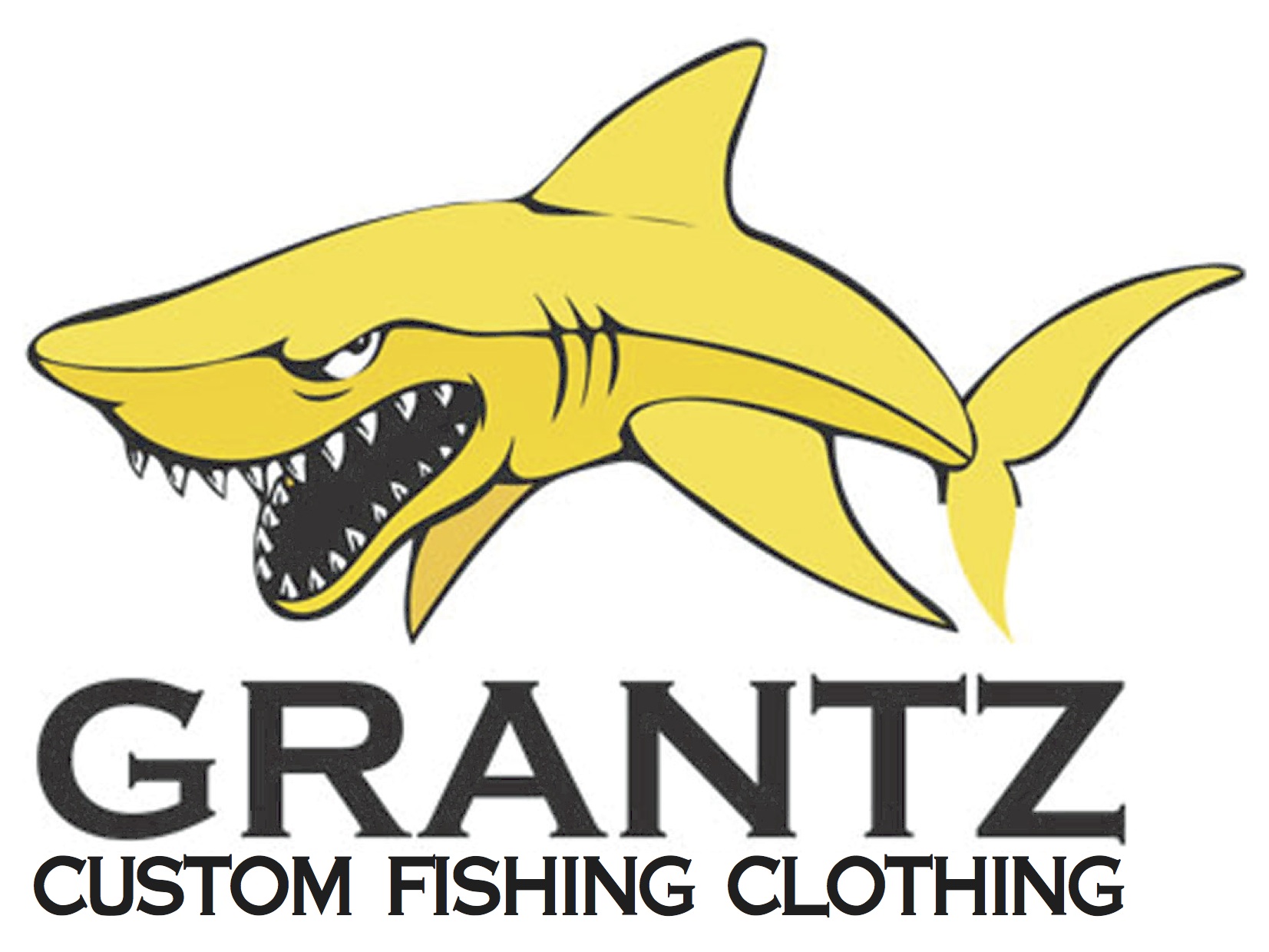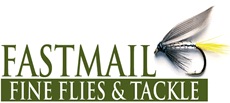The 43rd FIPS-Mouche World Fly Fishing Championships took place in Occitanie, France, from the 22nd to the 30th June 2024.
AT TEFF was represented by: Howard Croston (Manager & Captain), James Atkinson, Tony Baldwin, Sean Brooks, Scott Nellins & Chris Richardson
Envirofil Ltd & Puraflow Ltd are delighted to be Sponsors of the England World Fly Fishing Team
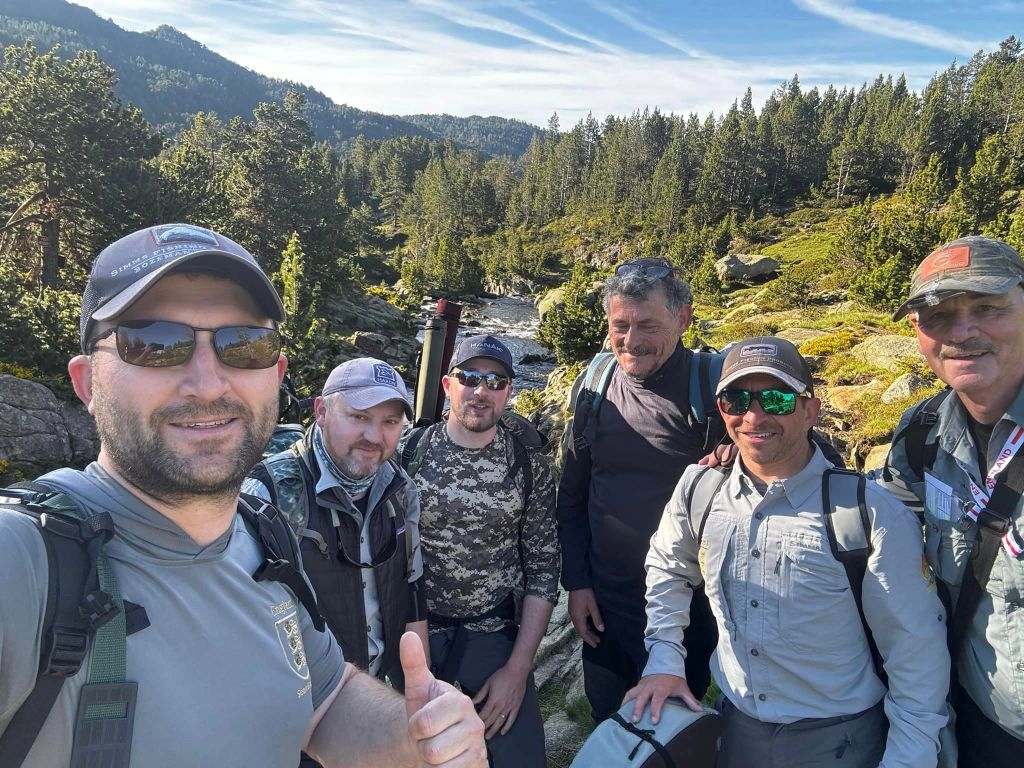
PARTICIPATING TEAMS
Australia – Belgium – Bosnia & Herzegovina – Canada – Czech Republic – England – Finland – France – Ireland – Italy – Latvia – Lithuania – Mongolia – Norway – Poland – Portugal – New Zealand – The Netherlands – Romania – Slovakia – South Africa – Spain – Sweden – USA
RESULTS
Session 1
In the opening session Scott Nellins gained a 6th place on the Camporells Lakes with 12 fish, while Howard Croston came 14th on the Aude River. Chris Richardson was 15th on the Tet River, with James Atkinson 16th on the Vicdessos River, and Sean Brooks 21st= on the Carlits Lakes. England were lying in 15th place with 69 placing points. Ireland got off to a great start, and were 2nd on 22 points, just three behind the leaders France on 19 points, and five ahead of Spain in 3rd place with 27 points, with the USA 4th and Italy 5th.
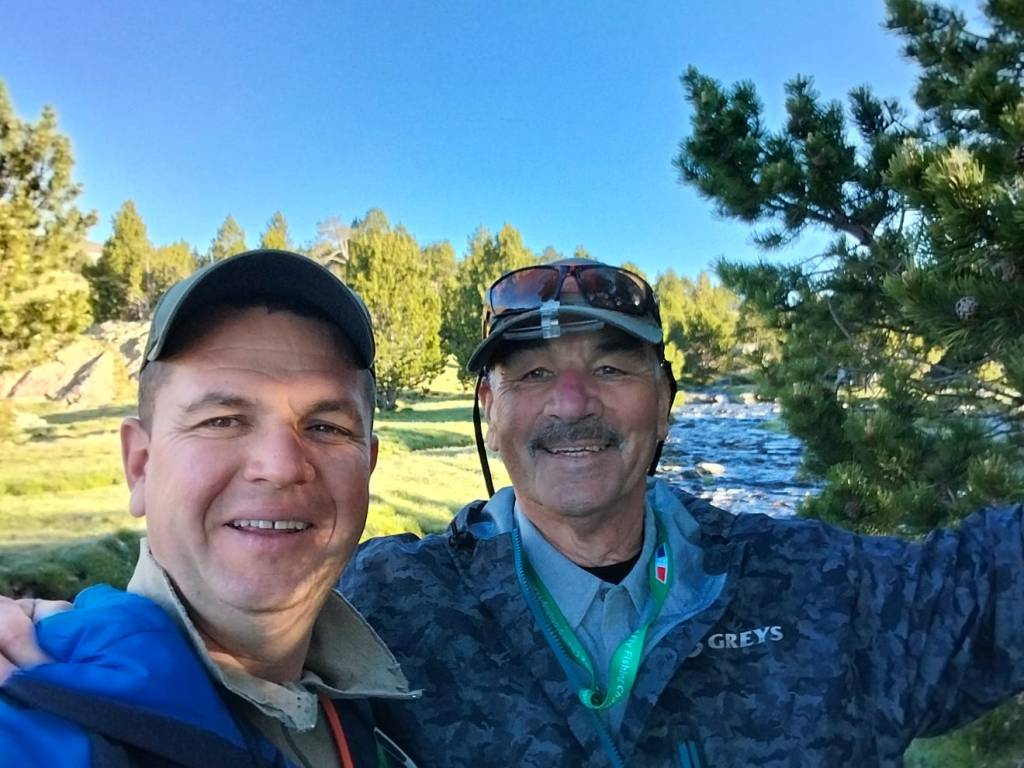
Session 2
The second session saw Scott Nellins finish 5th on the Aude River with 17 fish, and James Atkinson scoring a 7th place on the Carlits Lakes. Tony Baldwin was 12th on the Camporells Lakes, while on the other river sectors Sean Brooks was 18th on the Tet River, and Howard Croston 20th on the Vicdessos River. England moved up one place to 14th, while Ireland slipped from 2nd to 5th. With two 1st places and three 2nds France put in another strong performance to widen the gap between them and Italy in 2nd place with 54 points, the USA in 3rd with 63 points, and Spain 4th on 65 points. Sebastien Delcor of France led the Individual rankings, with Lubos Roza (Czech Republic) 2nd, both with two 1st places, and Michael Bradley of the USA 3rd with 3 placing points.
Session 3
In the third session Howard Croston landed 12 fish to come 6th on the Carlits Lakes, while Sean Brooks took 9 on the Camporells Lakes to finish 9th. On the river sectors Scott Nellins came 18th on the Vicdessos River, with James Atkinson also 18th on the Tet River, and Chris Richardson 21st on the Aude River. England remained in 14th place, with Ireland dropping a couple of places to 7th. France maintained their healthy lead in 1st place, with 47 placing points, ahead of Spain, who overtook Italy to move into 2nd place with 96 points, with the USA 3rd on 101 points, the Czech Republic 4th on 112 points, and Australia 5th with 117 points, three ahead of Italy in 6th place. Individually, a 2nd place in his session kept Sebastien Delcor (France) at the top of the placings on 4 points, with Dick Stewart (Australia) in 2nd with 5 points, and Michael Bradley (USA) 3rd, also with 5 points. Two more members of the French team, Pierre Kuntz and Gregoire Juglaret, were close behind in 4th and 5th.
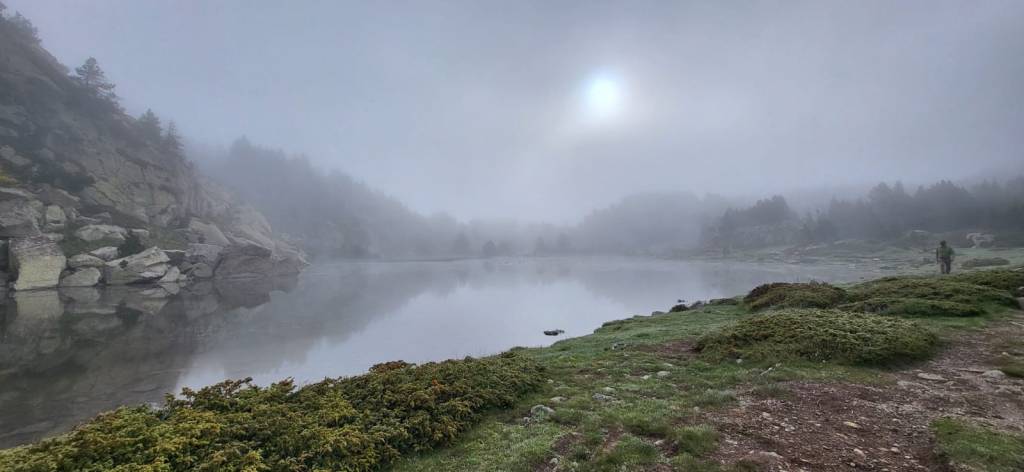
Session 4
A better session for England saw Sean Brooks come 3rd on the Aude River with 18 fish, with Howard Croston finishing 5th on the Tet River with 12 fish, and James Atkinson also scoring a 5th place on the Camporells Lakes with 10 fish. Elsewhere, Scott Nellins came 10th= on the Carlits Lakes, with Chris Richardson 19th= on the Vicdessos River. Despite this, England remained in 14th place, with Ireland also not moving from their 7th spot. Three 1sts, a 2nd and a 3rd saw France remain comfortable leaders with 55 placing points, ahead of Spain 2nd with 137 points, the USA 3rd with 152 points, and Italy in 4th place with 161 points. Individually, the top four positions did not change, with Sebastien Delcor (France) 1st on 7 placing points, Michael Bradley (USA) 2nd, also with 7 points, Pierre Kuntz (France) 3rd with 8 points, and Gregoire Juglaret (France) 4th on 9 points.
Session 5
In the final session Howard Croston scored a 4th place on the Camporells Lakes with 13 fish, while Tony Baldwin came 8th on the Carlits Lakes with 7 fish. On the river sectors Scott Nellins finished 8th on the Tet River, with Sean Brooks 16th on the Vicdessos River, and James Atkinson 19th on the Aude River. England moved up one place to finish the championship in 13th position, while Ireland also moved up a spot to end up 6th. France put in another spectacular performance to become World Champions with 62 placing points, ahead of Spain in silver with 156 points, and the USA in bronze with 182 points, with the Czech Republic 4th on 190 points, and Australia 5th with 214 points. Individually, France made it a 1-2-3 with Pierre Kuntz the Individual World Champion on 9 placing points (four 1st places and one 5th), Sebastien Delcor in 2nd with 10 points, and Gregoire Juglaret also on 10 points in 3rd. Michael Bradley (USA) was 4th and Andres Torres (Spain) 5th. Scott Nellins and Howard Croston were England’s top performers.
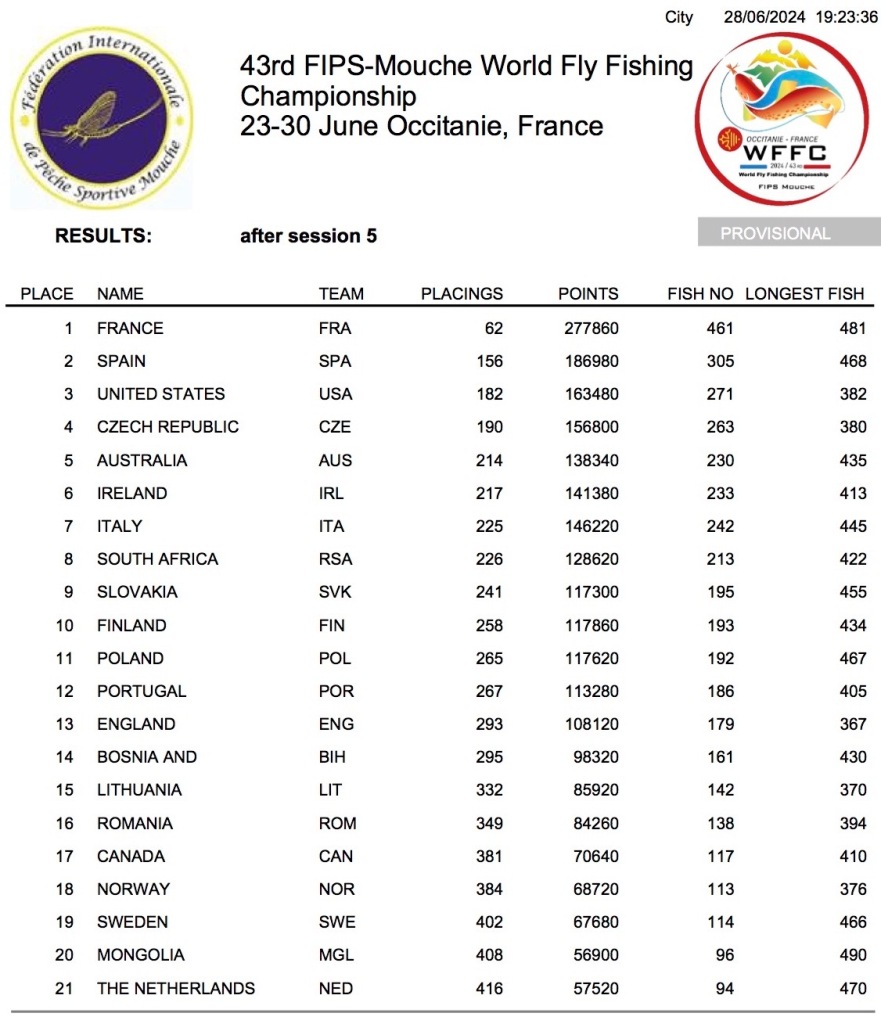
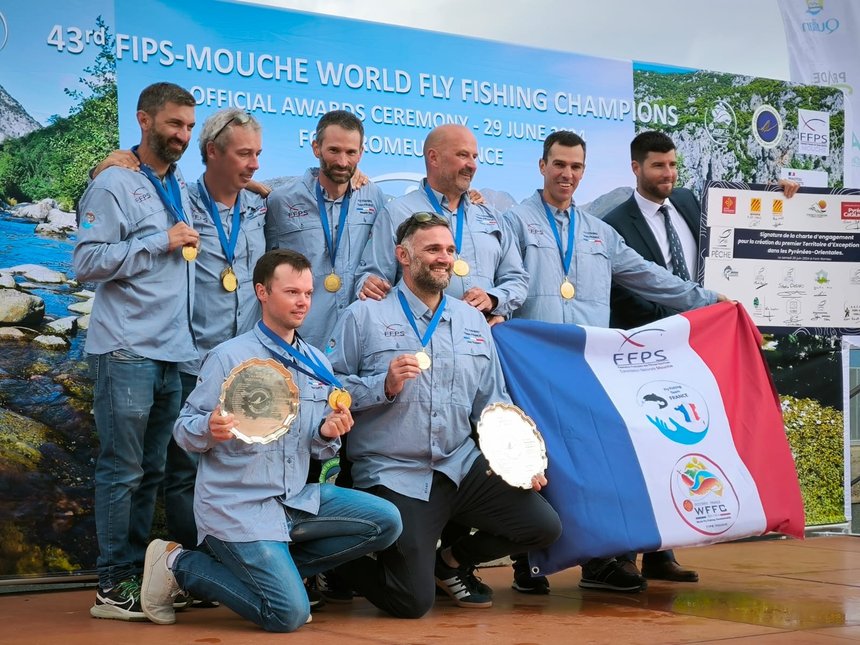
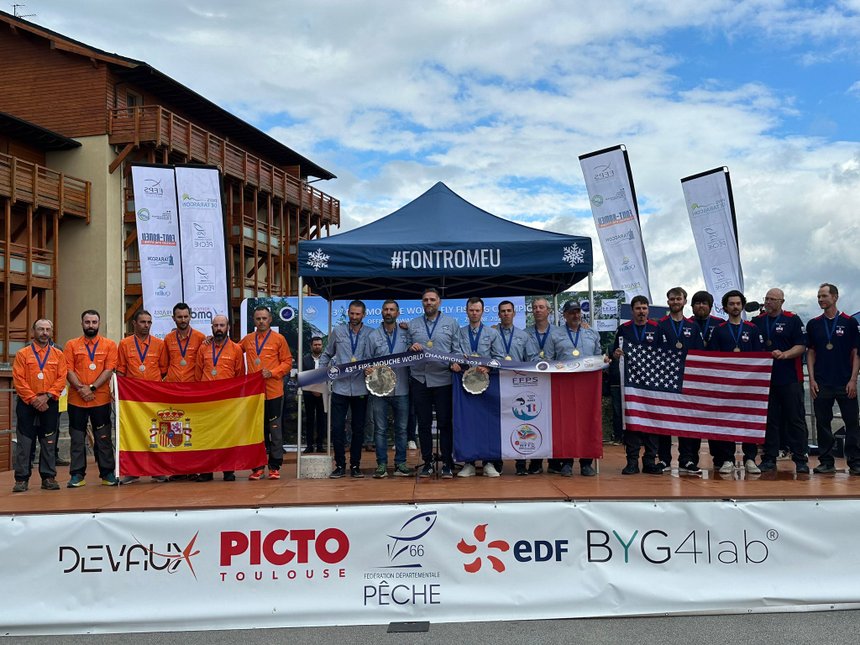
Fulling Mill Facebook: We’re just wrapping up an incredible week in France with Howard Croston Fly Fishing and Team England filming a documentary series. We’ll be in the editing room for a while, but expect to see the series come out on our YouTube Channel later this year!
Howard Croston Fly Fishing Facebook: An awesome time with the Fulling Mill guys in France for the 43rd World fly fishing championships. If you’ve ever wondered about competition fly fishing at the highest level, this series should give an insight into the highs, lows and challenges of competitive fishing on foreign soil. Should be well worth a watch.
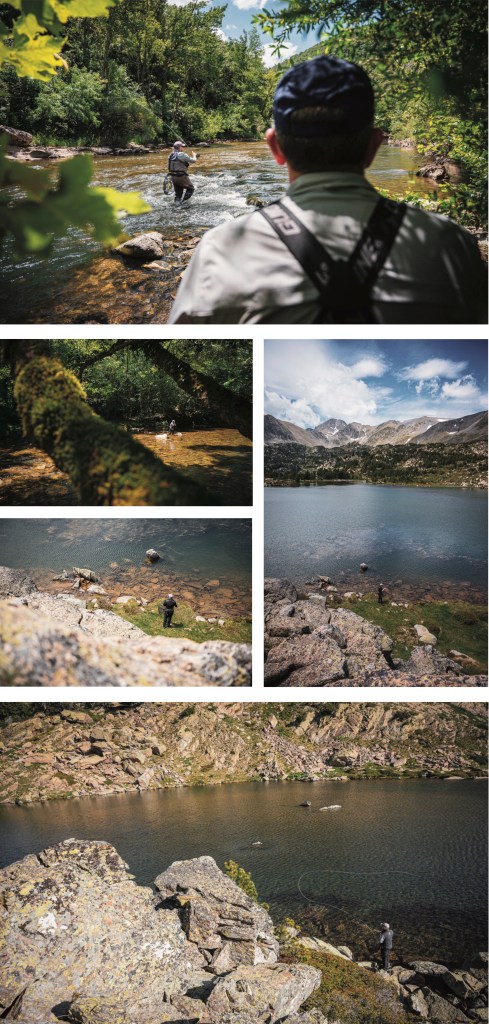
PROGRAMME
Saturday 22nd June
2:00pm Welcome to Officials & Teams (Chalet des Airelles)
6:00pm Opening Ceremony (Place de Font Romeu)
7:30pm Opening Dinner (Chalet des Airelles)
Sunday 23rd June
10:00am Briefing for Managers & Captains (Chalet des Airelles)
1:00-2:00pm Lunch (Chalet des Airelles)
3:00pm ‘Environment’ conference (Chalet des Airelles)
7:00-9:00pm Dinner (Chalet des Airelles)
Monday 24th June: First competition session
8:45-10:45am 12:00-2:00pm River
8:30-9:30am 10:15-11:15am 12:00-1:00pm 1:45-2:45pm Lake
7:00-9:00pm Dinner (Chalet des Airelles)
Tuesday 25th June: Second competition session
8:45-10:45am 12:00-2:00pm River
8:30-9:30am 10:15-11:15am 12:00-1:00pm 1:45-2:45pm Lake
7:00-9:00pm Dinner (Chalet des Airelles)
Wednesday 26th June: Third competition session
8:45-10:45am 12:00-2:00pm River
8:30-9:30am 10:15-11:15am 12:00-1:00pm 1:45-2:45pm Lake
7:00-9:00pm Dinner (Chalet des Airelles)
Thursday 27th June: Fourth competition session
8:45-10:45am 12:00-2:00pm River
8:30-9:30am 10:15-11:15am 12:00-1:00pm 1:45-2:45pm Lake
7:00-9:00pm Dinner (Chalet des Airelles)
Friday 28th June: Fifth competition session
8:45-10:45am 12:00-2:00pm River
8:30-9:30am 10:15-11:15am 12:00-1:00pm 1:45-2:45pm Lake
7:00-9:00pm Dinner (Chalet des Airelles)
Saturday 29th June
1:30-2:30pm Lunch (Chalet des Airelles)
3:00pm ‘Environment’ conference (Chalet des Airelles)
6:00pm Closing Ceremony (Place de Font-Romeu & Chalet des Airelles)
Sunday 30th June
08:00-9:30am Breakfast (Chalet des Airelles)
Departure of Participants
VENUE & SECTORS
Keith Wallace (AT TEFF Marketing & Sponsorship) reports: The 43rd World Fly Fishing Championship, WFFC France 2024 will be set in the Pyrenees and the Aude foothills. The mountain ecosystem, at altitudes of 300 to over 3,000 metres, offers a diversity of habitats and a rich biodiversity. The presence of numerous nature reserves, classified natural sites and Natura 2000 sites are all indicators of this exceptional biodiversity. In fact, the championship could potentially take place on several classified sites or Natura 2000 areas (mountain lakes, river sectors), with their recognised and sometimes fragile biological wealth.
During your visit to the championships, you may encounter a number of species that are emblematic of the Pyrenees. Isard (cousin of the Alpine chamois) and ibex on the mountain pastures and summits, over-flown by large birds of prey including the mythical golden eagle and bearded vulture. The marmot will bring you out of your reverie and encourage you to contemplate the rich flora of the plateaux and riverbanks: lilies, irises, gentian, ramonde and many orchids will be present in June.
If you look down into the rivers, you’ll find two species endemic to the Pyrenees, the desman (an aquatic small mammal) and the calotriton (an amphibian), which are very difficult to watch. You may find it easier to follow the tracks of the otter, which is very present in all sections of the river, or the ballet of the common dipper!
The main rivers and sectors selected for the championship include:
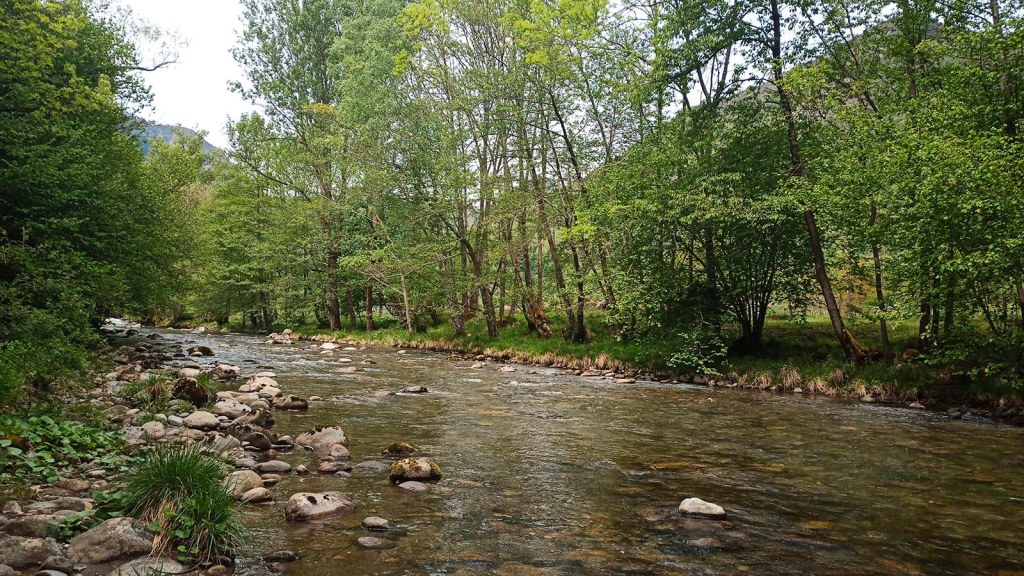
Vicdessos River (Sector 1): Located in the Ariege department and very close to the small principality of Andorra, the Vicdessos River is a small granitic stone river (acidic soil), about 15 meters wide, of glacial origin, situated within the Regional Natural Park of the Pyrenees of Ariege. This river hosts a healthy population of Mediterranean-origin striped brown trout, also known as zebra trout. Effective flies in this river include CDC patterns such as mayfly spinners or caddis. Pumpkin, black, and red-coloured Perdigones, and those with an orange collar, are also highly effective.
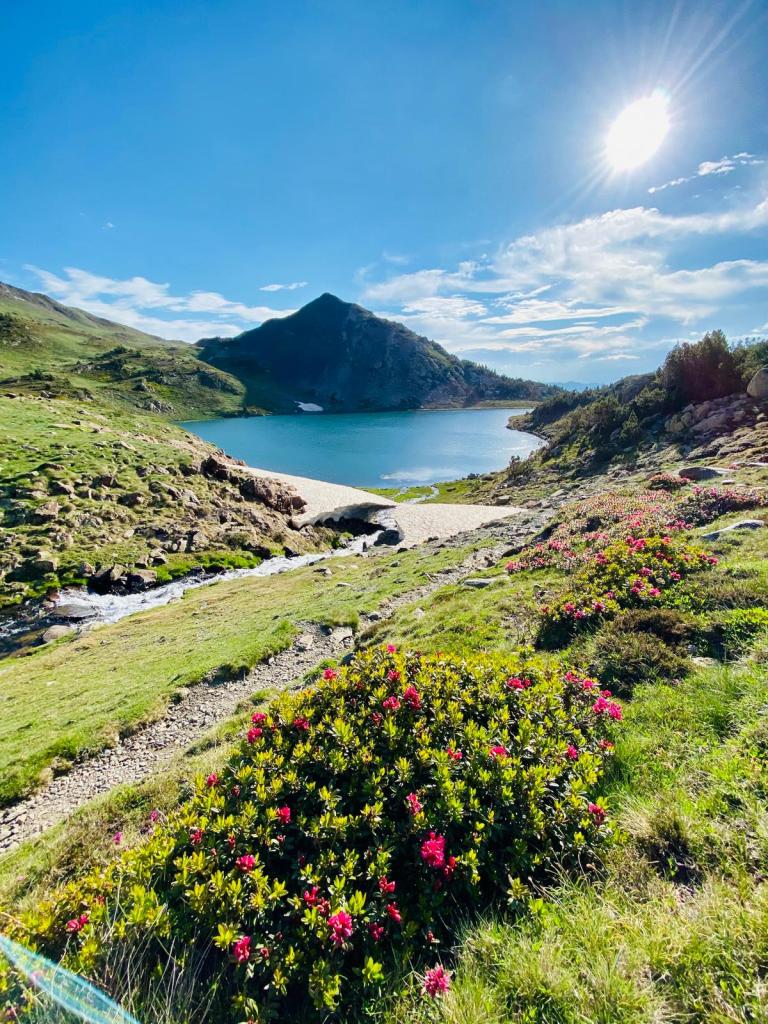
The Calit Lakes (Sector 2): In the high Cerdanya, near the Regional Natural Park of the Catalan Pyrenees, there are a series of mountain lakes frequented by hikers, with a circuit covering a total of 12 lakes. A selected series of lakes in this environment will serve as the second sector of the championship. In these lakes, trout often patrol the shores and are frequently caught in plain sight. Small nymphs or even ants are used for this purpose. Fishing with intermediate lines is also common when the fish are not active. Brown and rainbow trout can be found in these lakes.
Têt River (Sector 3): The Têt River is regulated for electricity generation, ensuring a more stable flow. Located near the Mediterranean sea, it flows near the town of Prepiñan. This river, with beautiful Romanesque bridges, like the one in Villefranche-de-Conflent, is an ideal spot for dry fly and Duo fishing. Anglers can catch brown trout in its waters.
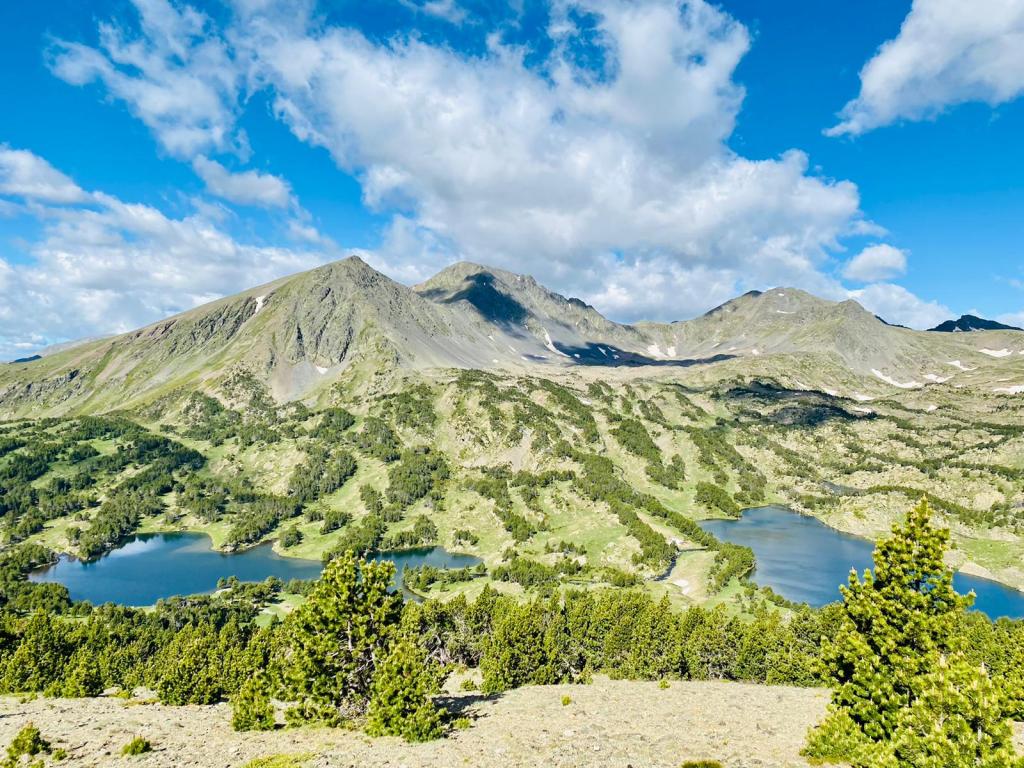
Camporells Lakes (Sector 4): Camporells Lakes are high-altitude lakes located in the Eastern Pyrenees, near Puigcerda. Surrounded by an impressive alpine landscape at the base of Pic Péric, these lakes, like those in Carlit, occasionally witness brown trout hunting along the shores for insects and small larvae. When the fish are less active, anglers use nymphs with sinking lines of varying degrees. These lakes are home to beautiful brown trout.
Aude River (Sector 5): The Aude is a river that gives its name to the department it flows through. In its upper reaches, the river is between 5 and 10 metres wide. It has the profile of a mountain stream, with a steep gradient and cool, oxygenated waters that are ideal for brown trout. In the downstream section, the river widens out and becomes a plain lowland stream with a much gentler gradient. The profile is completely different from the upper part and more suited to the development of grayling.
You will find more information on the Championship website here>> and on their Facebook page here>>

